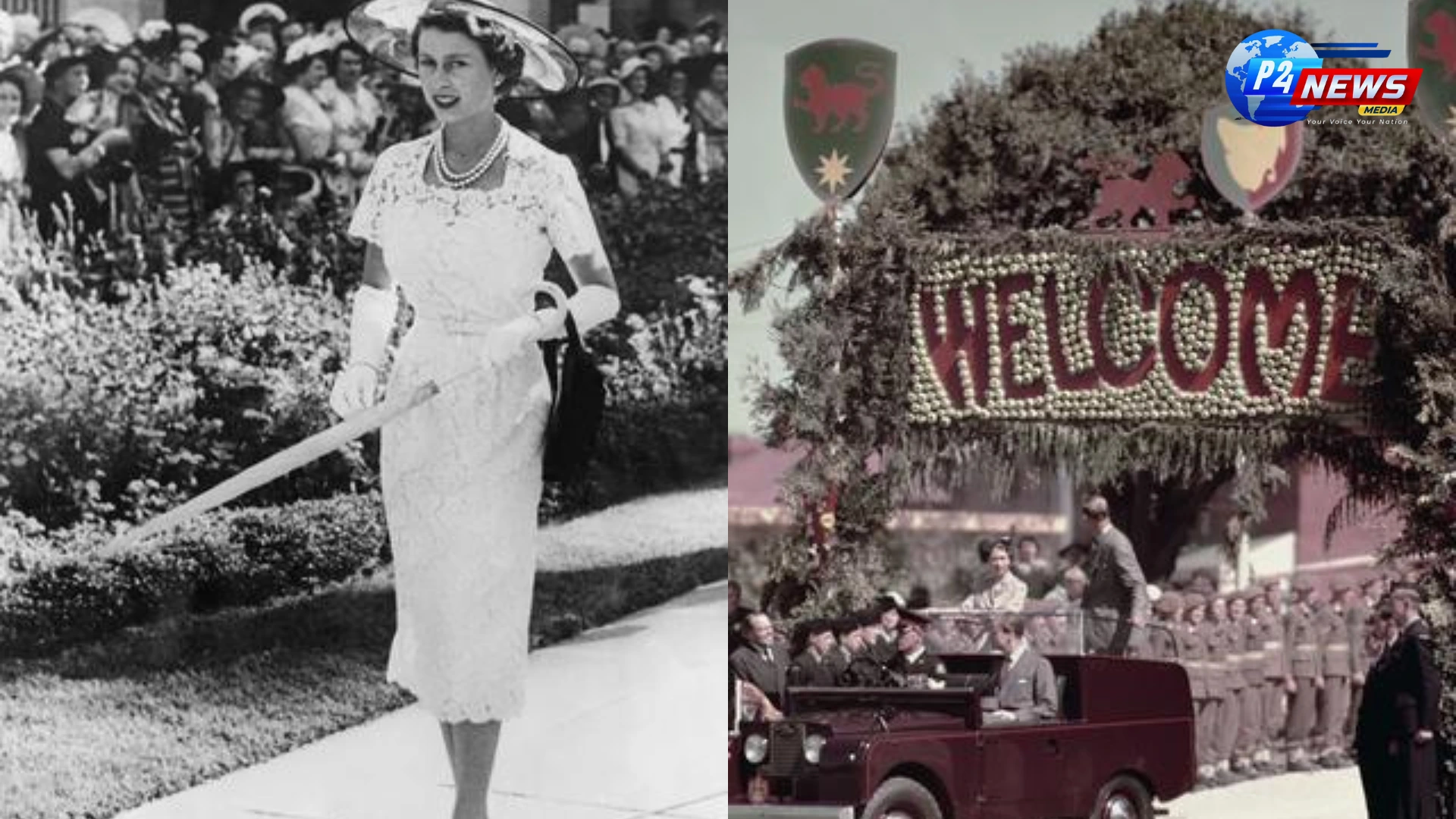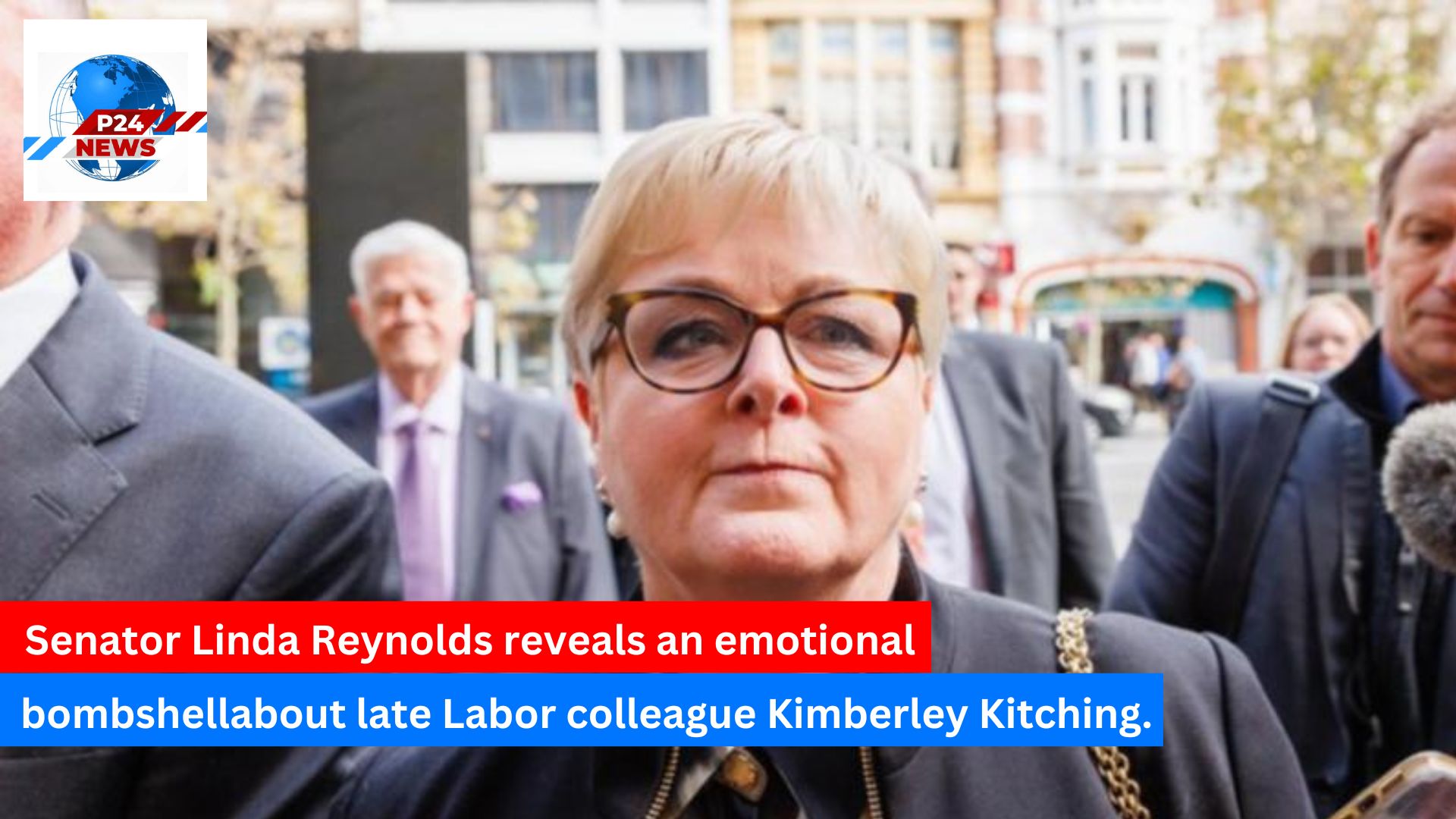King Charles and Queen Camilla have finally arrived in Australia, but behind the warm smiles and enthusiastic waves lies a stark reality. The much-anticipated royal visit.
King Charles and Queen Camilla have finally arrived in Australia, but behind the warm smiles and enthusiastic waves lies a stark reality. The much-anticipated royal visit.
Grim Signs During King Charles and Queen Camilla's Australia Tour
King Charles and Queen Camilla have finally arrived in Australia, but behind the warm smiles and enthusiastic waves lies a stark reality. The much-anticipated royal visit, filled with pomp and pageantry, has reignited the debate over the monarchy's future in Australia. Despite the grand gestures, the trip's underlying tone reflects the growing sentiment that this could very well be a "farewell tour" for the royal reign Down Under.
The Australian Republican Movement (ARM) wasted no time in labeling the visit as an opportunity to bid farewell to the monarchy. They argue that the King’s visit highlights the diminishing relevance of the royal family in the modern era, sparking discussions about Australia’s potential shift towards a republic. As public interest wanes and political conversations intensify, the monarch's role faces more scrutiny than ever before.
For many Australians, memories of Queen Elizabeth II’s 1954 visit come flooding back—a grueling 58-day tour that took her to 57 towns and cities across the country. The Queen, just crowned at the time, addressed 107,000 schoolchildren and carried out her duties with a level of energy that symbolized the monarchy's strong connection to Australia. The exhaustive itinerary covered the length and breadth of the country, leaving an indelible mark on generations.
In stark contrast, King Charles' current visit spans only four days, with a full day dedicated to rest. His schedule is limited to events in just two cities, with no evening receptions or night-time engagements. It’s a clear sign of the times—both in terms of the King’s age and health, and the royal family’s shrinking influence.
The King’s itinerary on this tour is a fraction of what previous royal tours entailed. On Sunday, he attended a brief 130-minute event starting with a church service in Sydney, followed by a short meeting with local dignitaries. Monday's schedule is the most packed, involving a visit to Canberra’s War Memorial, Parliament House, and the Botanic Gardens—all within a few hours. The rushed nature of these events further underscores the compressed and trimmed-down nature of this tour.
Tuesday’s schedule is similarly light, with only a handful of activities in the morning and one final naval engagement by afternoon tea time. Compared to past royal visits, where multiple cities and regions were covered extensively, this tour feels like a shadow of its former self, reflecting the King’s current health concerns.
King Charles’ health has been a subject of significant concern since Buckingham Palace announced earlier this year that he was battling cancer. Although the King has remained remarkably open about his condition, regularly sharing updates and showing support for fellow cancer patients, this tour paints a clearer picture of the toll his illness has taken. Despite the royal family's best efforts to carry on with public duties, the reduced schedule is a telling sign of the challenges ahead.
The original plan for the trip included stops in Samoa, Fiji, and New Zealand, but these legs were cut due to the King’s health. His visit to Australia, though highly symbolic, is now limited to a mere 111 hours, with most engagements occurring during daylight hours. This drastic reduction in royal appearances suggests that the King’s illness is significantly affecting his ability to undertake longer, more rigorous tours.
The King's visit has reignited debates about Australia’s relationship with the monarchy. As the Australian Republican Movement continues to push for a break from royal rule, the relevance of the British monarchy in a rapidly evolving world is under question. In a nation where public support for the monarchy is gradually fading, this visit may mark the beginning of the end of the royal family's influence in Australia.
For many Australians, King Charles' visit is bittersweet—a reminder of the deep historical ties between the two nations, but also a recognition that the monarchy may not have a lasting place in Australia’s future. The King’s health and the shortened nature of his tour are symbolic of a larger transition, as Australia inches closer to defining its identity without the royal connection.
Like
Dislike
Love
Angry
Sad
Funny
Pray
9th Ayurveda Day in Melbourne: A Celebration of Ayurvedic Innovations and Global Health Impact
November 10, 2024Australia’s Terror Alert Jumps to ‘Probable’: What You Need to Know About the Increased Risk
August 05, 2024🍪 We Value Your Privacy and Experience Hi there! We use cookies to enhance your browsing experience, provide personalized content, and analyze site traffic. By continuing to use our site, you consent to our use of cookies.







Comments 0